- Like
- X
- Digg
- Tumblr
- VKontakte
- Buffer
- Love This
- Odnoklassniki
- Meneame
- Blogger
- Amazon
- Yahoo Mail
- Gmail
- AOL
- Newsvine
- HackerNews
- Evernote
- MySpace
- Mail.ru
- Viadeo
- Line
- Comments
- SMS
- Viber
- Telegram
- Subscribe
- Facebook Messenger
- Kakao
- LiveJournal
- Yammer
- Edgar
- Fintel
- Mix
- Instapaper
- Copy Link
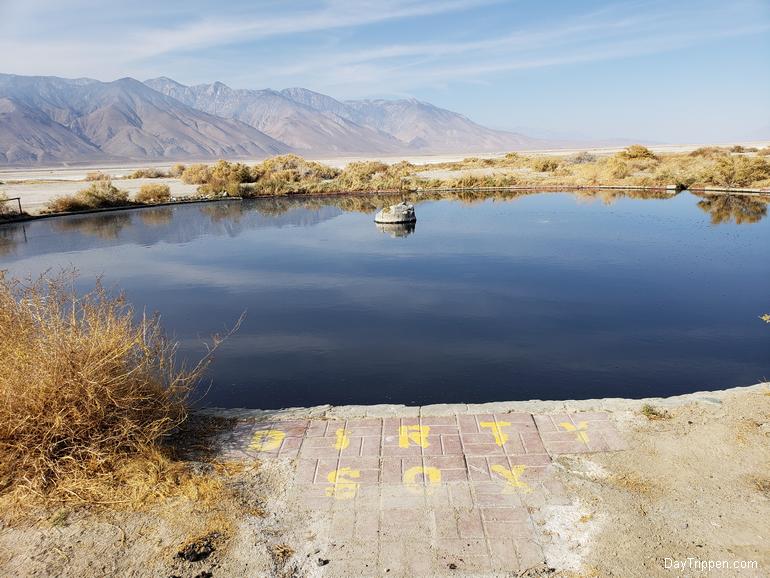
Dirty Socks Hot Spring is located on the southeast side of Owens Lake near Olancha, California. The spring consists of a sizeable concrete-lined pool fed by an underground spring. The natural hot springs water gives off a distinct odor that smells like dirty socks.
While it is unclear how the springs got their name, legend has it that miners from the Cero Gordo mine and prospectors used the thermal pool for their annual baths and to wash their dirty clothes. Socks were always lost in the pool, which gave off an unpleasant odor from the volcanic sulfur earth surrounding it.
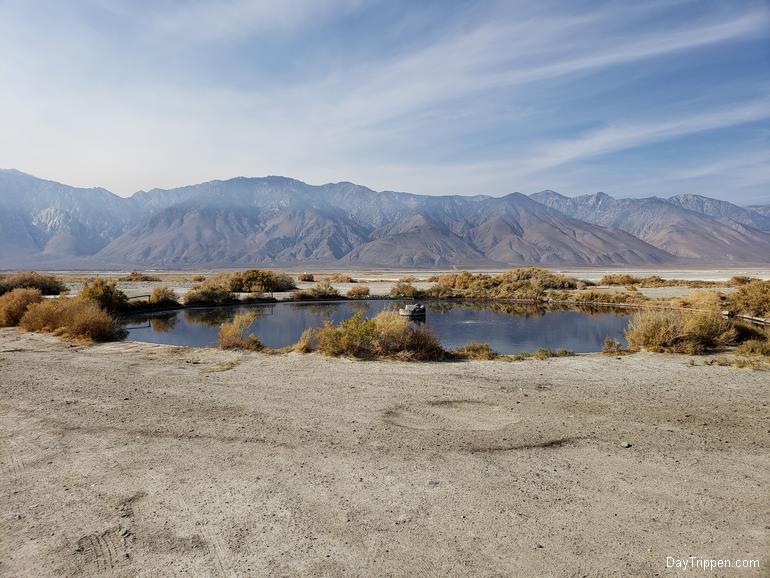
Dirty Socks Hot Spring Water Temperature
Dirty Socks Hot Spring has a diameter of 78 feet and a constant water temperature of 94 degrees. The pool is supplied by an artesian well, which flows approximately 200 gallons per minute. The water primarily contains calcium, magnesium, and sulfates. It is important to note that no dirty socks have been found in the pool.
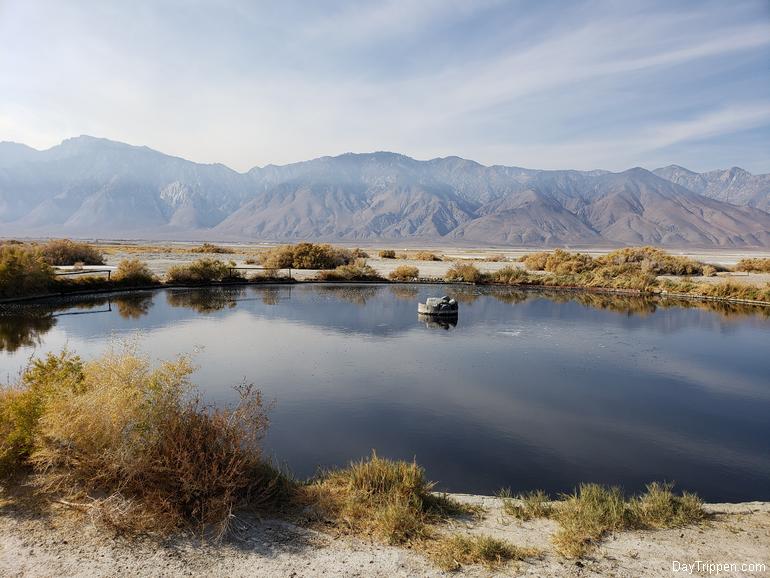
Digging For Fresh Water
In 1917, a well was dug to find fresh water, but warm water was discovered several hundred feet deep, ending the search for water. This well was left undisturbed, creating a shallow, warm lake. In 1927, a health spa with a cement pool and some buildings was built on the site. However, the resort was abandoned within ten years, and all the buildings were demolished. The hot spring remained a secluded camping spot and became a county park.
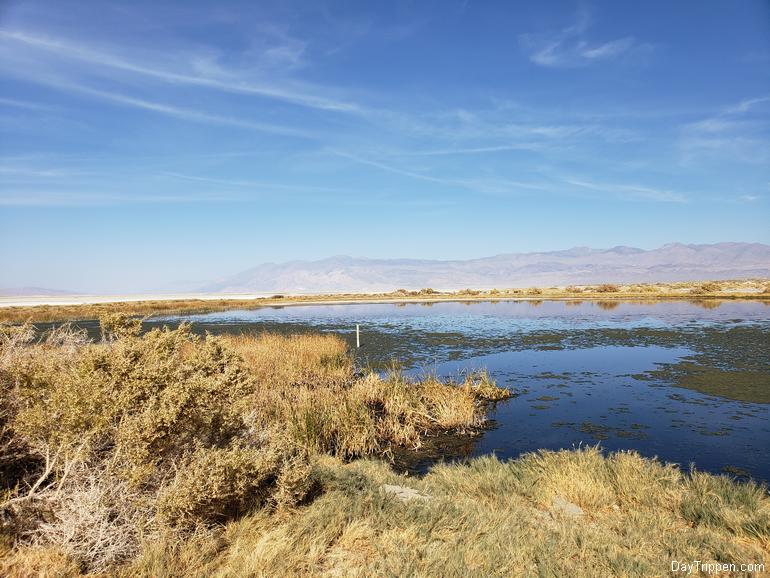
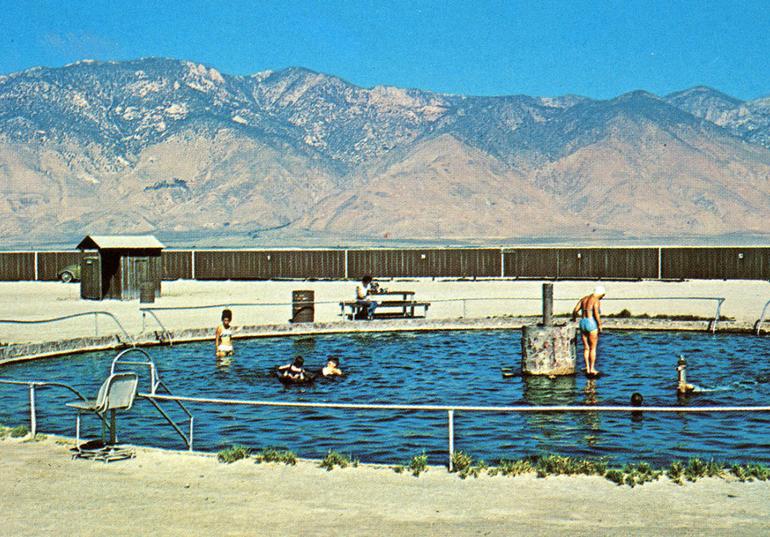
Dirty Socks Hot Spring County Park
In 1965, the Hot Spring and the surrounding 45 acres were turned into an Inyo County Park named Dirty Sock Hot Spring. The lease on the land was valid for 50 years and could only be terminated early. Restrooms and a picnic area were constructed to enhance the park, trees were planted, and the entrance road was paved. As a result of these efforts, the Hot Spring became a popular destination for locals and tourists, who often arrived with their campers and trailers.
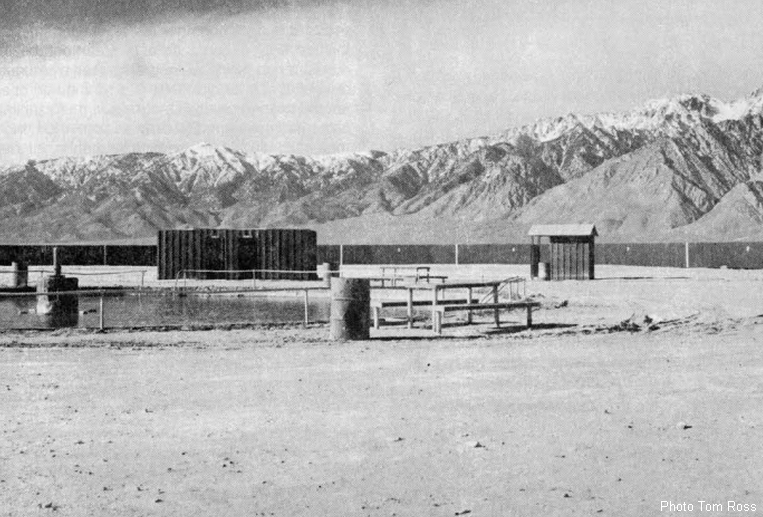
Unfortunately, the park’s maintenance posed a bigger challenge than the county had anticipated. The lack of firewood led to the burning of signs, which had to be constantly replaced. The growth of green algae seemed never-ending and required weekly removal to keep the pool clear. The trash cans were riddled with bullet holes, and vandalism became a significant issue. Consequently, on October 17, 1978, Inyo County closed the park permanently.
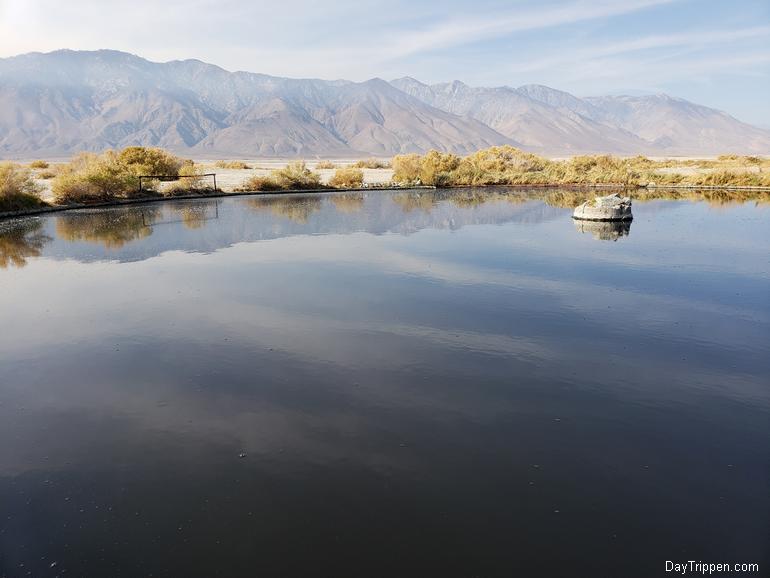
Dirty Socks Hot Spring Today
The only remnants of the county park are the building foundations. Although the concrete pool and some metal railings still stand, they are surrounded by a thick layer of green algae, making the water uninviting most visitors. Despite this, some brave souls still dip in the pool, while other travelers pass by without even noticing the nearby Hot Spring, where a few campers still stay. We don’t recommend soaking in Dirty Socks Hot Spring. But if you’re going along Highway 395 near the primarily dry Owens Lake, it is well worth a look, especially now that you know its history.
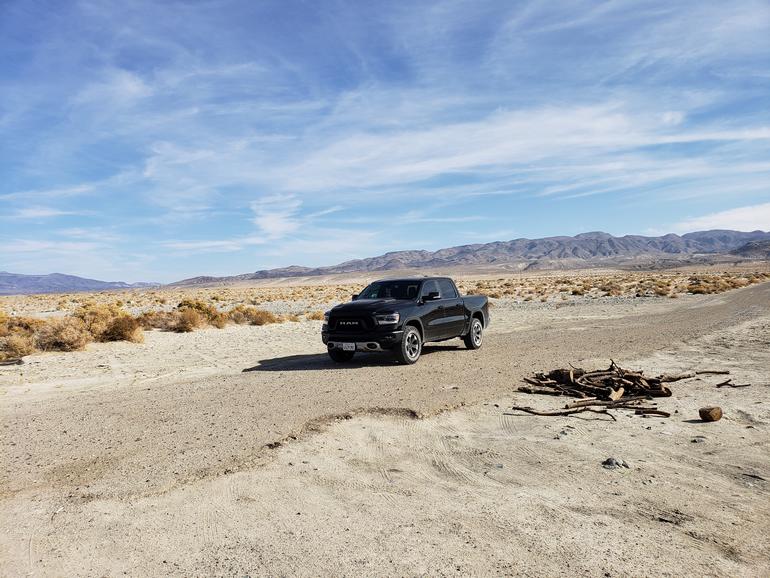
Where is Dirty Socks Hot Spring
To reach the Dirty Socks hot spring from the junction of Highway 395 and CA-190, you need to drive east on 190 for just under five miles. Once you pass under some power lines, take a left onto a paved single-lane road. Keep moving on this road until you see the concrete pool. The hot spring offers incredible views of the mountains, but you may also notice an unpleasant odor. The original name for this hot spring was Dirty Sock, not Dirty Socks, as most people call it.
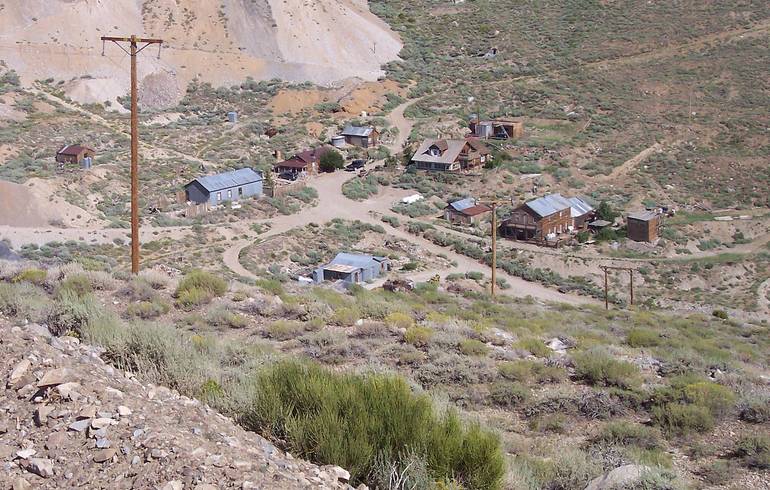
Nearby Dirty Socks Hot Springs Points of Interest
Explore The Semi-Ghost Town of Keeler
Keeler, California, was originally called Hawley and later renamed after Julius M. Keeler. During its peak, the town boasted a train station, a 300-foot pier, a public swimming pool, and several hotels. The town’s prosperity was directly linked to the mining industry, which attracted miners, prospectors, and entrepreneurs from all over the country. However, Keeler’s fortunes dwindled as the mining industry declined in the mid-20th century.
Restoring Owens Lake: Owens Lake Trails Plaza
The Plaza Trailhead is a popular spot that features the Plover Wing Plaza, designed after the Snowy Plover, a bird seen in the Owens Lake area during spring and summer. The plaza has gravel paths and roads that lead visitors to marshes, habitat islands, reflecting ponds, and locations where they can observe the local wildlife. The rocks used in the plaza to create the whitecaps also provide a natural habitat for reptiles, insects, and mammals.
Cottonwood Charcoal Kilns
The Cottonwood Charcoal Kilns and the nearby Cerro Gordo Mines are significant parts of California’s mining history. Though the kilns are now in a state of decay, they can still be visited by taking a short detour off U.S. 395. They remind us of the resourcefulness and perseverance of the early settlers and entrepreneurs who worked hard to extract the abundant mineral resources of the region.
- Like
- X
- Digg
- Tumblr
- VKontakte
- Buffer
- Love This
- Odnoklassniki
- Meneame
- Blogger
- Amazon
- Yahoo Mail
- Gmail
- AOL
- Newsvine
- HackerNews
- Evernote
- MySpace
- Mail.ru
- Viadeo
- Line
- Comments
- SMS
- Viber
- Telegram
- Subscribe
- Facebook Messenger
- Kakao
- LiveJournal
- Yammer
- Edgar
- Fintel
- Mix
- Instapaper
- Copy Link
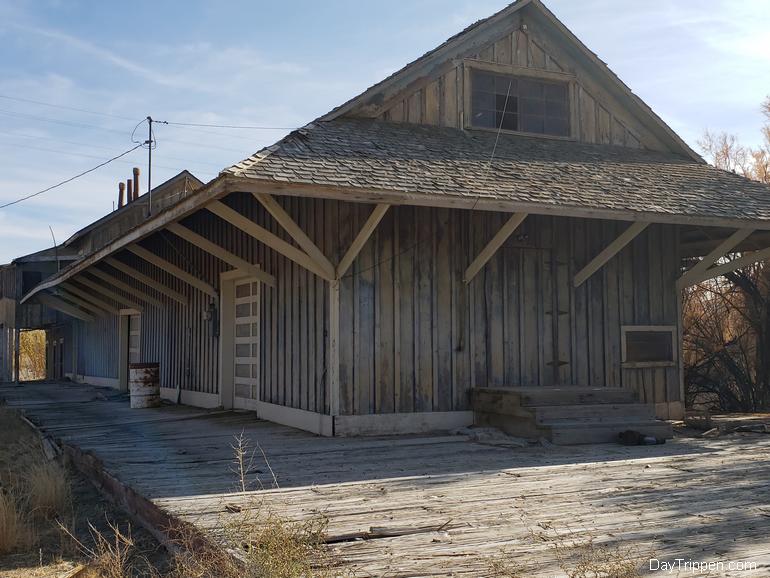
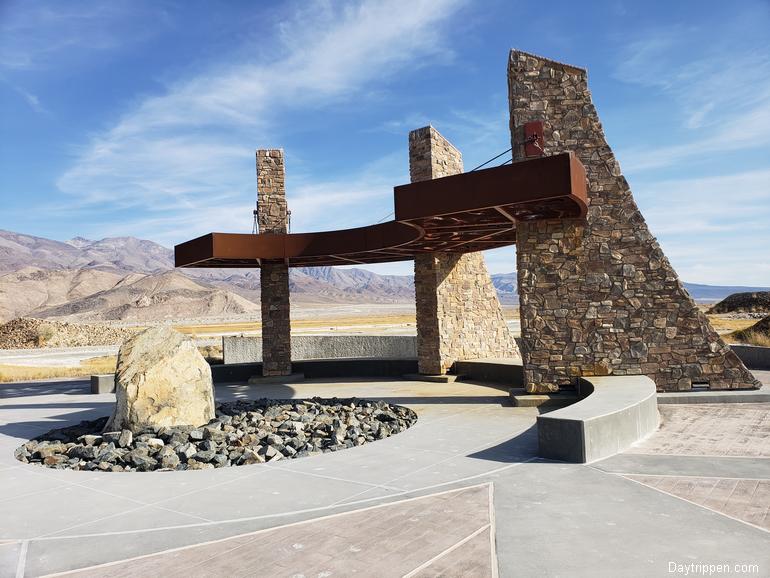
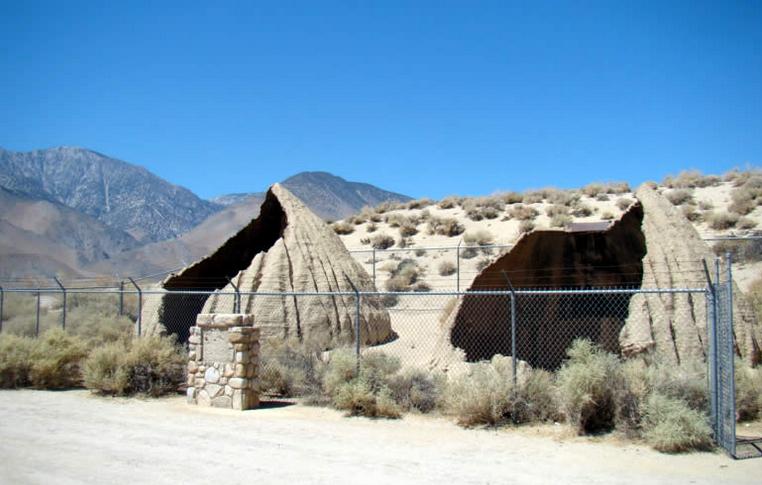
It’s not owned by Inyo County, it’s privately owned and has been for sale for years. The well is not 12,000 feet deep-it’s about 400 feet. Sadly it needs to be cleaned up but no one has stepped up to do so.
The article says the land was leased to the county, not owned. The depth of the well is up for debate, it was dug in 1917. I changed it to several hundred feet. When we visited, there was trash all over the area, and the remains of several campfire pits. Still an interesting stop along 395.
I & other off road motorcycle riders used to come here back in the late seventies to camp,& enjoy the quiet, the use of the hot springs l, meeting some of the locals out of the nearby town of Olancha. Back then there were the remains of the outhouses, quite a bit of the original fencing, & of course the hot springs pool that originally had a desert sand bottom. Over time someone drained the pool, & applied concrete, & the drain. When we camped there, we sold pickup the trash left behind, drain the pool by removing the iron plate cover near the broken remains of the fountain. So many memories I have of this wonderful landmark & all the people we met along the way. All I can say is if you ever are traveling on HWY 395 towards Bishop; take time to check out Dirty Soc. Adjacent to the West end of the Owens Dry Lake. Happy camping fishing hiking, etc. to those who are seeking places such as this place on the map. 😎
Run down these days but still worth a stop. Thanks for the interesting comment.
I was one of the locals. Had the Red School house for 24 years and spent many days at “Soxes “ and unfortunately you were right about the pool and surrounding area being destroyed. We still climb in the water, you wear tennis shoes, while cleaning the bottom of broken glass. It’s not for the faint of heart that’s for sure, but a cool dip. A ton of stories!!
Thanks for the comment Larry. I though I was being brave sticking my fingers in the pool. 🙂